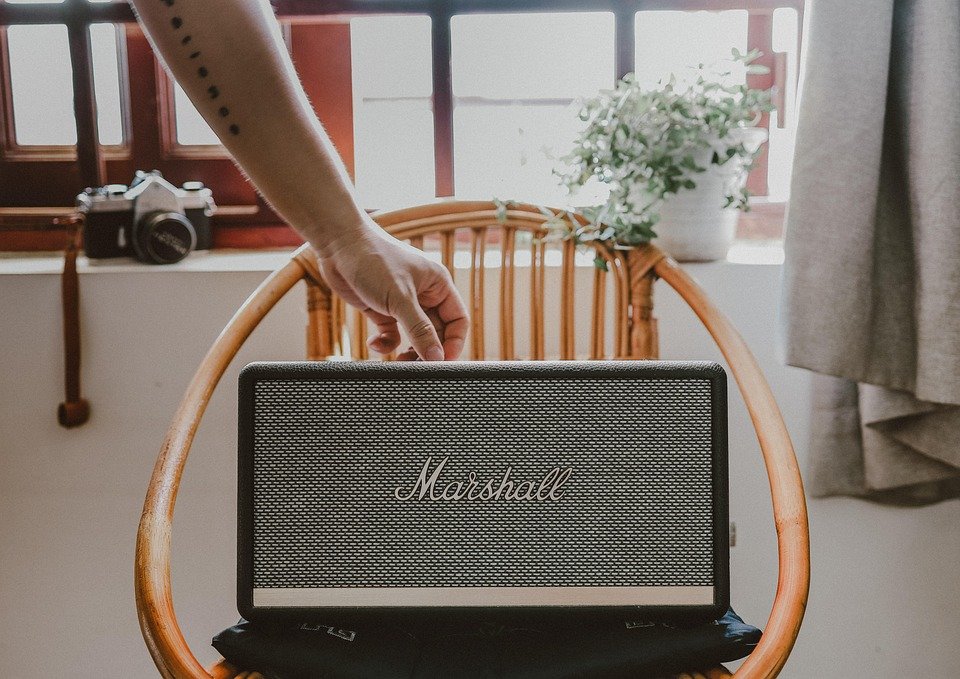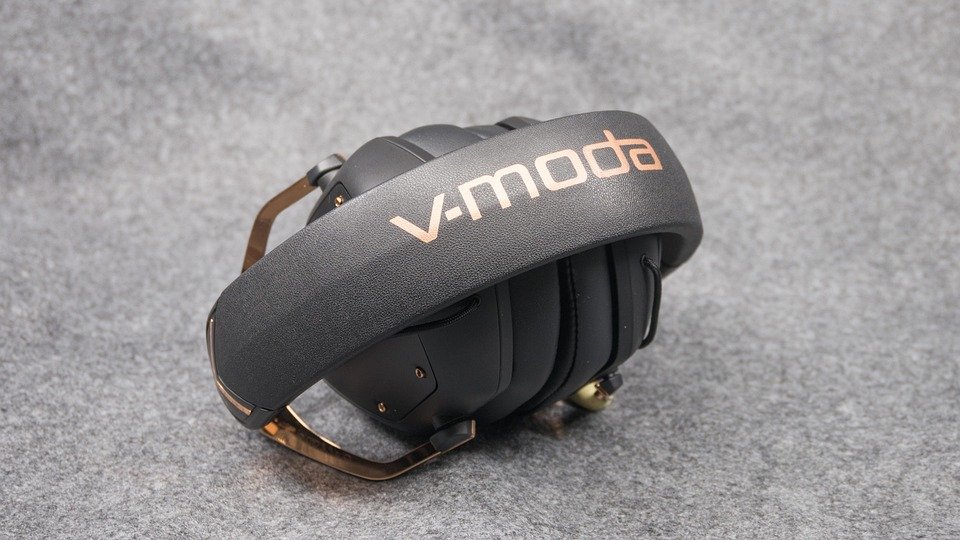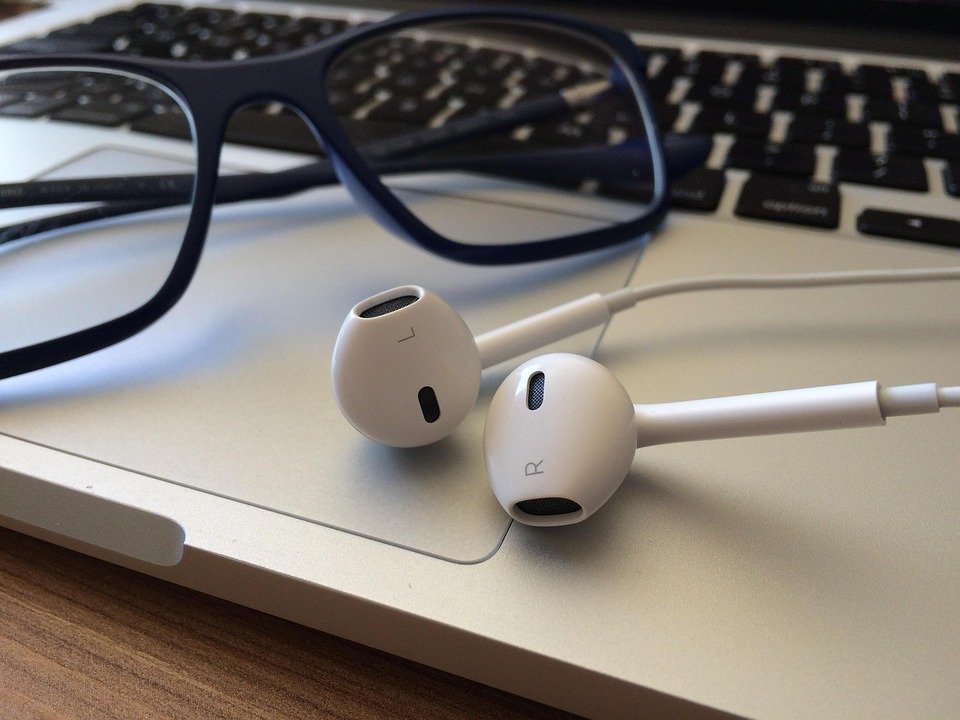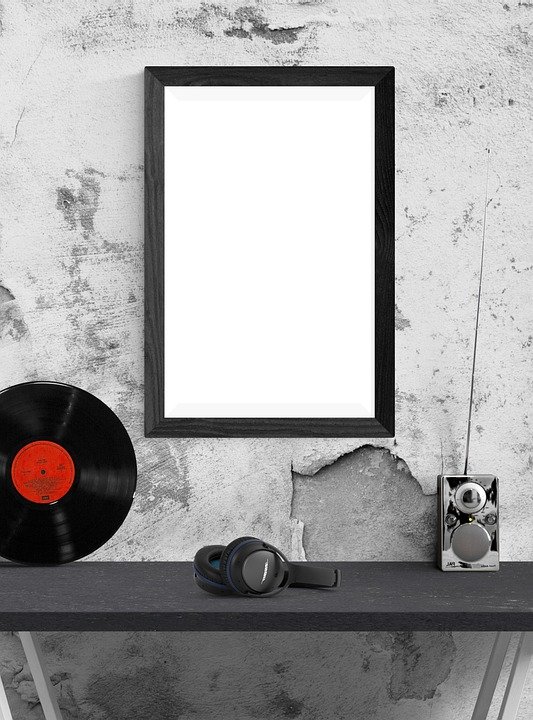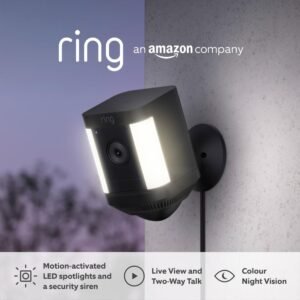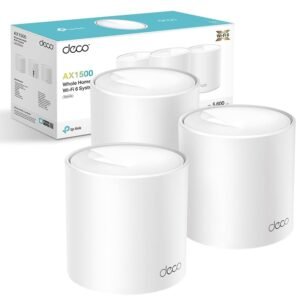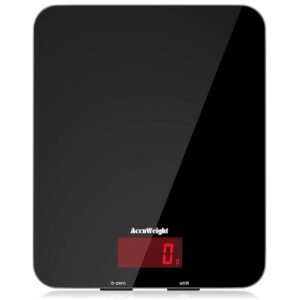Is Your Indoor Air Making You Sick? Essential Monitors for 2025
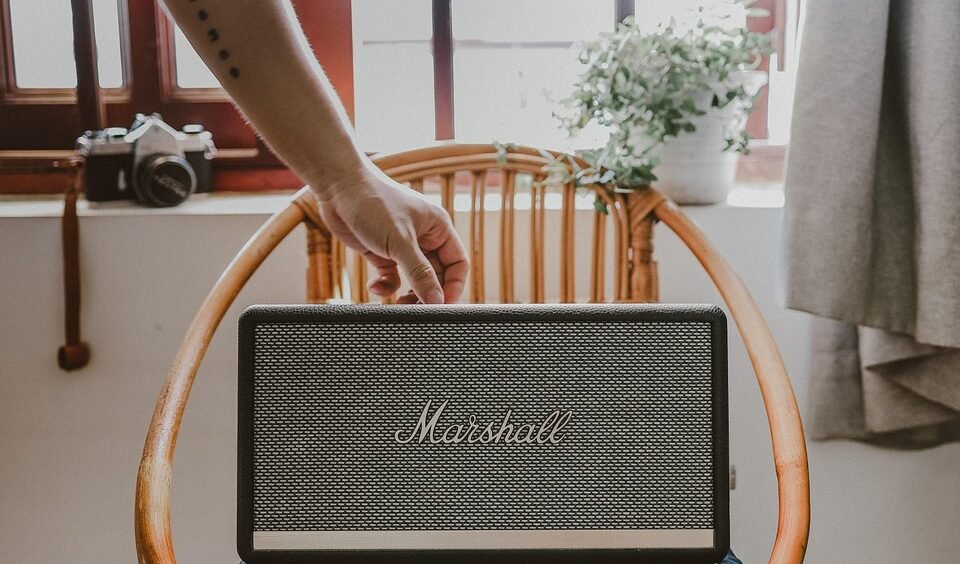
Is the Air You’re Breathing Indoors Making You Sick? Your 2025 Survival Guide
We think of our homes and offices as sanctuaries – safe havens from the pollution and pollen outdoors. But the unsettling reality is that the air inside our buildings can often be more polluted, acting as a silent saboteur of our health. From nagging headaches and allergies to more serious long-term impacts, poor indoor air quality (IAQ) is a growing, invisible threat. With climate change bringing more smoke events and volatile weather, and modern materials continuously releasing chemicals, understanding and managing your indoor air has never been more crucial, especially as we head into 2025.
The Invisible Culprits in Your Air
Why should you worry?
- Volatile Organic Compounds (VOCs): Emitted by paints, cleaning products, furniture, carpets, and even some building materials. They can cause eye, nose, and throat irritation, headaches, nausea, and potentially long-term health effects.
- Particulate Matter (PM2.5 and PM10): Microscopic dust, smoke, pollen, mold spores, and other debris. PM2.5, easily inhaled deep into lungs, is linked to respiratory issues, heart disease, and aggravated asthma.
- Carbon Dioxide (CO2): Builds up from human respiration, gas stoves, and inadequate ventilation. High levels cause fatigue, poor concentration, headaches, and drowsiness – the "stuffy meeting room" effect.
- Carbon Monoxide (CO): A deadly, odorless gas from malfunctioning fuel-burning appliances (furnaces, water heaters). Even low levels cause headaches and nausea; high levels are fatal.
- Radon: A naturally occurring, radioactive gas seeping from the ground into basements. It’s the second leading cause of lung cancer after smoking.
- Mold Spores: Thrive in damp conditions (bathrooms, basements, leaks). Cause allergic reactions, asthma attacks, and respiratory problems.
- Humidity Extremes: Too high (>60%) encourages mold and dust mites. Too low (<30%) dries mucous membranes, increasing infection susceptibility and discomfort.
Symptoms to Watch For:
- Chronic allergies or asthma worsening indoors
- Frequent headaches or dizziness
- Persistent fatigue or lack of concentration
- Irritated eyes, nose, or throat
- Nausea
- Worsening skin conditions
- Unexplained coughing or shortness of breath
If symptoms improve when you leave the building, indoor air quality is a prime suspect.
Empowerment Through Monitoring: Essential Monitors for 2025
Ignorance isn’t bliss when it comes to IAQ. In 2025, taking control starts with reliable, smart monitoring. Here are the essential types:
-
Multi-Parameter Monitors (The IAQ Dashboards):
- What they track: PM2.5 (HIGHLY essential), TVOC (Total VOCs), CO2, often temperature and humidity too.
- Why 2025? Sensor accuracy has significantly improved, and current trends focus on integrating multiple vital parameters into sleek, user-friendly units with excellent apps.
- Look For: Real-time data, historical graphs, customizable alerts (push/SMS), iOS/Android apps, potential smart home integration (Apple HomeKit, Google Home, Alexa).
- Examples (Trending for 2025): Models like the Airthings View Plus (adds Radon), uHoo Smart Air Monitor, Atmotube PRO (portable), and new releases focusing on predictive insights via AI.
-
Carbon Monoxide (CO) Detectors:
- Non-negotiable Safety. Most building codes require them near sleeping areas and fuel-burning appliances.
- 2025 Trend: Smart CO detectors that send intense alerts to your phone even when you’re away and can communicate with other detectors are becoming standard. Battery backup and 10-year sensor life are important.
- Examples: Google Nest Protect, Kidde Nighthawk Wi-Fi models.
-
Radon Test Kits/Monitors:
- Crucial for Basements & Ground Floors: If unpriced, radon is a serious long-term risk.
- No Need for Constant Monitoring? Long-term test kits placed for 3-6 months are reliable. Also DIY electric plug-in home radon detectors (ex: AirThings Wave Radon – also have monitors with larger displays/Airthings Wave Plus with VOCs too)
- 2025 Insight: Accuracy and ease of long-term monitoring (with app connectivity for tracking trends) is key.
-
Standalone Humidity/Temperature Monitors:
- Why Separate? While often included in multi-parameter monitors, dedicated hygrometers can be cheaper, smaller, and placed in specific problem spots (bathroom, basement, behind furniture).
- 2025 Accessibility: Simple Bluetooth models are very affordable. Crucial for maintaining the sweet spot (30-60% relative humidity).
- Smoke/Wildfire Air Quality Monitors (Increasingly Vital):
- Why Now? With climate change fueling longer, more intense wildfire seasons, PM2.5 spikes from smoke infiltration indoors pose major health risks, even far from fires.
- How They Shine: Standalone PM2.5 monitors or multi-parameter monitors with precise PM2.5 readings become essential tools for knowing when to close windows, run HEPA filters on high, or even consider evacuation during severe smoke events. Look for monitors with a "favorite mechanism" independent work besides Bluethooth and wifi and precision laser sensors.
2025 Checklist When Choosing a Monitor:
- Your Priorities: What are your biggest concerns? (Mold? High VOCs? Wildfire smoke? General awareness?) Match the monitor to your needs.
- Accuracy Matters: Research sensor quality (e.g., laser sensors for PM2.5 > cheaper optical sensors). Look for reviews comparing accuracy.
- Connectivity: App & alerts essential? Wi-Fi for remote monitoring, Bluetooth for cheaper options. Smart home integration?
- Power: Battery life? Rechargeable? Plug-in? Placement flexibility is key.
- Display: Clear real-time readout on the device, or app-only? Do you prefer limited screen or larger display?
- Alerts: Granular settings to avoid alert fatigue but catch critical changes.
- Calibration: Does it require regular calibration? How easy is it? Some warn you when calibration is needed.
Beyond Monitoring: Taking Control
Monitors provide data; action creates healthier air:
- Ventilate: Open windows when outdoor air is good. Use exhaust fans. Consider an Energy Recovery Ventilator (ERV) or Heat Recovery Ventilator (HRV) for filtered air exchange without energy loss.
- Filter: Use high-quality MERV 13 filters in your HVAC system. Employ standalone HEPA air purifiers in high-traffic or problem rooms.
- Control Sources: Choose low-VOC paints and cleaners. Let new furniture off-gas outside if possible. Never idle cars in the garage. Fix leaks promptly to prevent mold.
- Manage Humidity: Use dehumidifiers in damp areas (basements, bathrooms) and humidifiers (with purified water cleaning essential) only when low humidity is a confirmed issue.
- Regular Maintenance: Service fuel-burning appliances. Clean ducts and filters routinely. Vacuum frequently (HEPA filter vacuum).
Breathe Easier in 2025
Your indoor air shouldn’t be a health hazard. Ignoring it is a risk you don’t have to take. By investing in smart monitoring technology aligned with the threats of today and tomorrow – particularly robust multi-parameter monitors, smart CO detectors, and precise PM2.5 tracking – you gain the knowledge to take targeted action. Combine this vigilance with effective ventilation, filtration, and source control, and you transform your indoor environment into the truly healthy sanctuary it was meant to be. Stop guessing what’s in your air. Monitor it, manage it, and breathe easy knowing you’re taking control of your health one breath at a time.











